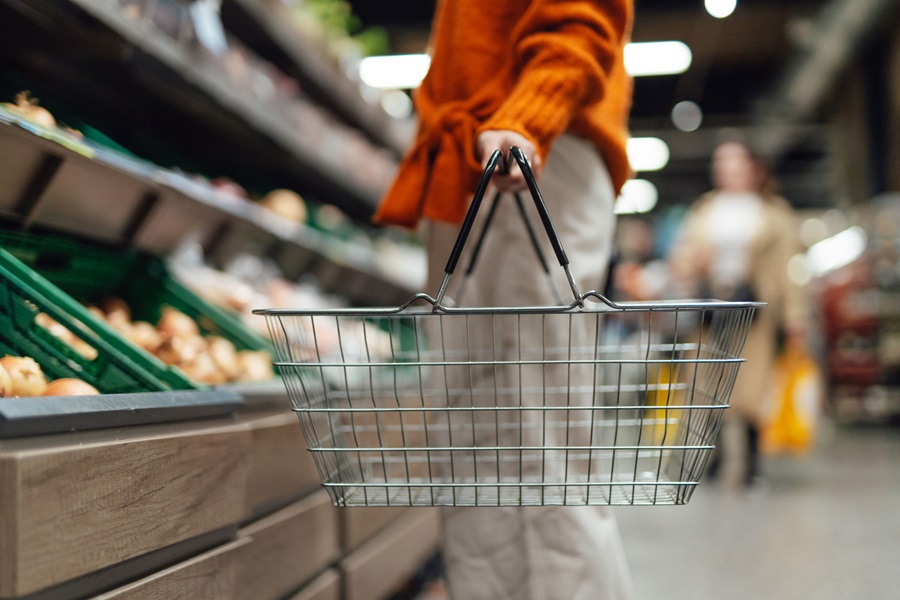FMCG consumption in India is expected to improve following the recent election, with the continuity in government leading to a stabilising effect that is likely to boost the somewhat subdued performance seen over the past two years.
Kantar’s latest India FMCG Pulse report for Q2 of 2024 shows that value sales jumped by 10.2% over the 2023-24 financial year; even taking the staple atta flour category out of the equation, growth in spend remains at a robust 9.4%.
The data has also uncovered a resurgence in purchases within the rural FMCG market, while urban households remain under financial pressure. Across India as a whole, FMCG shopping frequency has risen, with households now making 156 trips per year either in store or online. Frequency has been growing for some time now, although this has levelled off during the last two quarters.
While shoppers had been increasing the number of packs they were purchasing, this is no longer the case. On the other hand, there are indications that shoppers are starting to buy slightly bigger packs.
Discretionary products build penetration
For the first time ever, the penetration of bottled soft drinks has breached the 50% mark – and with the intense heat expected to return this summer the category is likely to continue its growth trajectory. Fabric softeners, meanwhile, are now bought by one in every four households in the country.
Driving penetration is the major factor behind securing a brand’s future growth. Not only does this strategy bring in more buyers, but it also boosts consumption. In India, local brands are excelling in this area – including Tata Gemini, Sunlight Washing Powder, Goodricke tea and Parle G biscuits.
The legacy of inflation
Groceries are the biggest household expense in India, accounting for over 24% of all quarterly expenditure. While inflation has slowed, its effects are still being felt by consumers. The average shopper spent 18% more in the first quarter of 2024 compared to Q2 of 2022, when price rises were at their height. Urban households spent on average 1.6 times more than those in rural areas.
Despite price rises, there are some categories that households are not willing to compromise on, due to their important role in daily life. One of these is cooking oils, where 27% of households have chosen to increase their spending rather than cutting down.
Looking at the Indian market overall, the environment for FMCG growth is promising. The government’s latest figures show a GDP increase of 8.2% for the 2023-24 financial year, pointing to a strong economic situation. While pockets of the market are still under some stress, people are feeling more optimistic. At the peak of inflation, only 8% of households felt comfortable with their financial circumstances: that figure jumped to 16% in Q1 of this year.
Kantar’s India FMCG Pulse report for Q2 of 2024 paints a detailed picture of what’s in store for the market and the economy, examining every angle of where to target investment to influence growth. Fill in the form below to download the full deck and get in touch with our experts for additional information.

